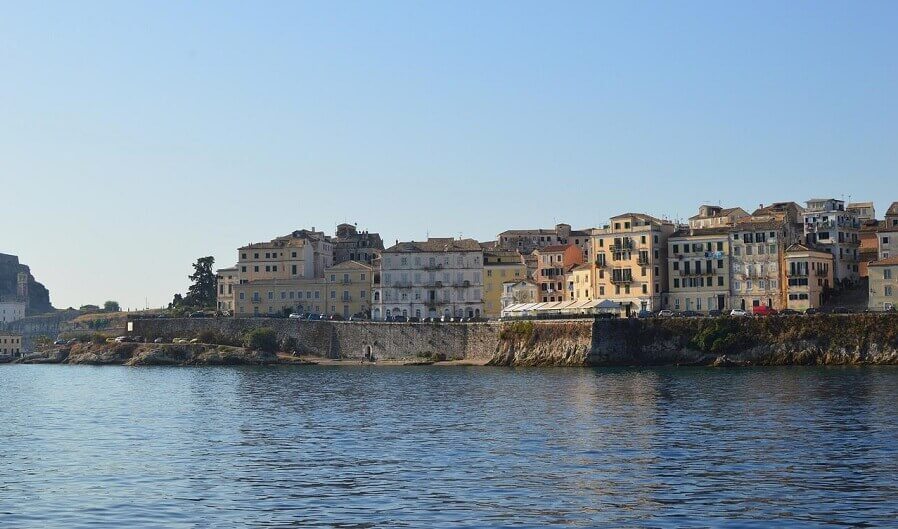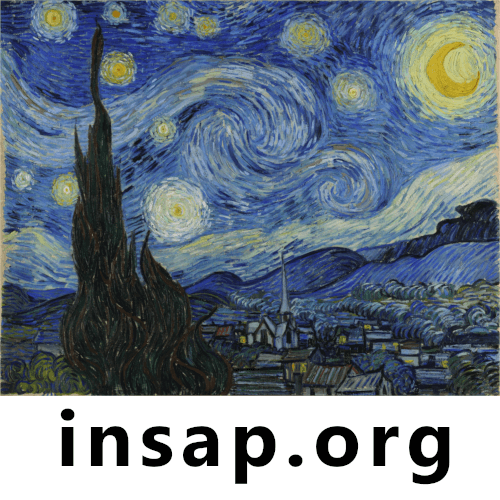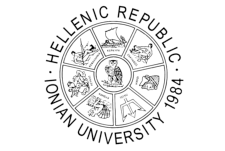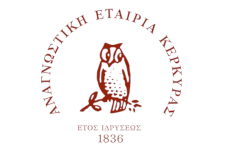We hope you enjoy the Conference and that you will also have time to enjoy at least some of what Corfu itself has to offer.
Monuments of Corfu
The ancient city of Corfu was built during the 8th century BC and it stood south of where today’s city is placed, between Garitsa bay and the lake Chaliopoulou. The center of the ancient city stood where Palaiopoli is today, up to the cannon. The market must have been opposite the palace of Mon Repo and it is believed that in the place of Analipsis, stood the Acropolis.
The most important monuments are the following:
Palace of Saint Michael and George
As it has been mentioned earlier, the English domination also had positive effects, like the development of the economy, the education and the arts. Around this time, an impressive building of Georgian style was built. This was the residence of the High Commissioner.
The palace on the outside is decorated with themes of the Ionian Islands which are carved in relief, while on the inside there is a central hall with two rows of steles of Ionian order and painted themes of Odyssey. A magnificent staircase leads to the first floor, which is decorated with steles of Corinthian order. The first floor also has three main rooms: the ballroom, the throne-room and the symposium-room.
The Ancient fortress
During its turbulent history Corfu needed to entrench itself against its conquerors. In the beginning of the 8th century BC the Byzantines built the first walls and the first moat, the “Contra Fosa”, which separates the fortress from the city. In the 16th century, the Venetians, fearing a Turkish attack, extended the bulwark and the moat, creating a second and a third line of defence. The bare rocks around the hills made the fortress impenetrable, which is a masterpiece of architectural art. While on the other hand, it offers the visitor an incredible view to the city, the sea ford up across the land and the hills of Epirus. Worth visiting inside the fortress is the chapel of Saint George, which was built by the British in 1840.
The new fortress
Over the old harbour stands the new fortress, which was built in 1570 by the Venetians. It is characteristic that for its construction they needed to tear down 2.000 houses and churches as well as Porta Reale, one of the most magnificent gates of the city. A great part of it was destroyed after an order given by the Great Allied Forces during World War II. Today it is used by the Navy.
The Saint Spiridon
It is the most famous religious monument of the city with obvious influences by Italian art, which is met in all the Ionian islands. It is dedicated to Saint Spiridon, who is the Saint of Corfu, and according to the legends he saved the inhabitants of Corfu, in the past, from epidemics and he appeared twice as a monk, helping them against Turks in 1673 and in 1716. The temple’s roof is impressive. It is separated in 17 parts and it portrays scenes taken by Saint Spiridon’s life and the Evangelists. His relics are kept in a silver casket of the 19th century.
Town hall
The building that was being built for 30 years, from 1663 it had been the “loggia nobili”. Later it became a theatre, which got the name San Giacomo. In this theatre Operas had been played and the director manager had been Mantzaros. The building was turned into a townhall in the beginning of the 20th century and it is the only building with ashlar-work.
Achillion
Less than 10 miles from the city you come across the magnificent palace of the Queen of Austria Elizabeth, Achillion. The loved Queen - whose life was made into a movie- gave preference to Corfu over all the other islands of the Ionian Sea, during her cruise in the Mediterranean islands, when she wanted to overcome her personal problems.In the first floor there are the rooms of Elizabeth and in the second floor there are the rooms of Frank Jozef and of the archduchess Maria Valeria. In the balcony of this floor there is a peristyle of Ionian order which is decorated by the heads of philosophers and the statues of the nine muses. Wonderful statues decorate the gardens of the palace, like the ‘dying Achilles’, the’ Satyre with Dionysus on his shoulder’, the’ Lord Byron’, an impressive statue of Achilles of 11,5m height and many more. Until a few years ago, the palace was used as a casino. Now the palace is used as a museum.
Read detailed information on the Island of Corfu at:
https://en.wikipedia.org/wiki/Corfu
https://visit.corfu.gr/











